Home>Furniture & Design>Outdoor Furniture>How Often Should Safety Inspections Of Indoor And Outdoor Play Areas Be Completed?
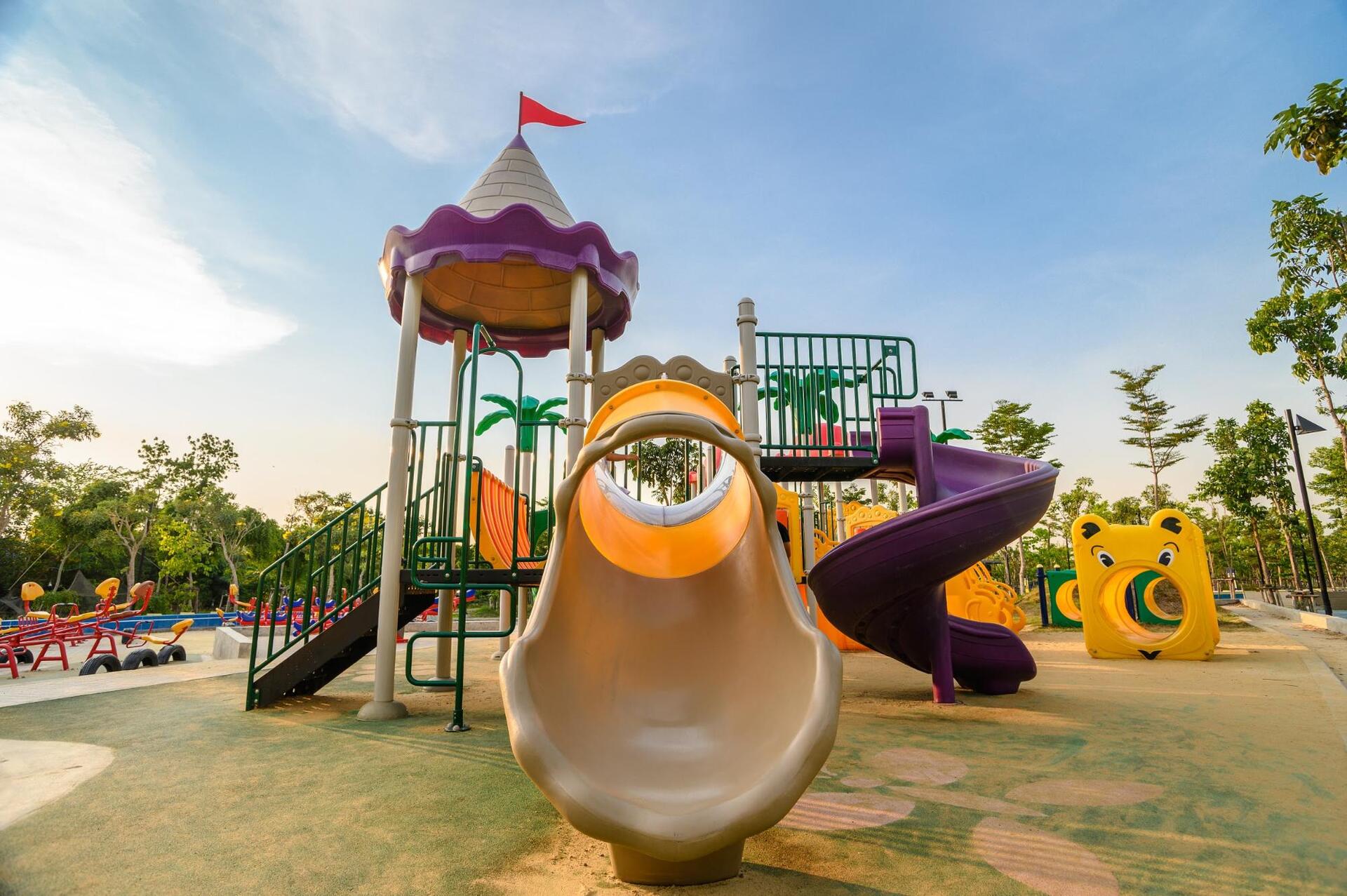

Outdoor Furniture
How Often Should Safety Inspections Of Indoor And Outdoor Play Areas Be Completed?
Published: January 15, 2024
Ensure the safety of your outdoor furniture and play areas with regular inspections. Learn how often to conduct indoor and outdoor safety checks for peace of mind.
(Many of the links in this article redirect to a specific reviewed product. Your purchase of these products through affiliate links helps to generate commission for Storables.com, at no extra cost. Learn more)
Introduction
Safety is paramount when it comes to indoor and outdoor play areas. These spaces are designed to provide enjoyment, physical activity, and social interaction for children, but they also pose potential risks if not properly maintained. Safety inspections are a crucial aspect of ensuring that play areas remain secure and free from hazards. Whether it's a bustling indoor play center or a sprawling outdoor playground, regular safety inspections are essential for safeguarding the well-being of children and promoting a secure environment for play.
In this comprehensive guide, we will delve into the significance of safety inspections for indoor and outdoor play areas, explore the regulations and guidelines governing these inspections, and discuss the optimal frequency for conducting them. Additionally, we will examine the various factors that influence inspection frequency and highlight best practices for carrying out thorough and effective safety inspections. By the end of this article, readers will gain valuable insights into maintaining safe and enjoyable play areas for children, whether indoors or outdoors.
Key Takeaways:
- Regular safety inspections are crucial for keeping indoor and outdoor play areas safe for children, ensuring equipment is well-maintained, and minimizing potential hazards.
- Play area operators should conduct safety inspections based on factors like usage intensity, environmental exposure, and regulatory requirements to maintain secure and enjoyable play environments.
Importance of Safety Inspections
Safety inspections play a pivotal role in upholding the well-being of children who frequent indoor and outdoor play areas. These inspections are designed to identify and mitigate potential hazards, ranging from equipment malfunctions and structural deficiencies to environmental risks. By conducting regular safety inspections, play area operators and facility managers demonstrate their commitment to providing a secure and enjoyable environment for children to engage in physical activity and social interaction.
Indoor play areas, such as play centers and amusement facilities, are often bustling with youthful energy. From ball pits and climbing structures to interactive play zones, these indoor spaces are designed to stimulate children’s imagination and physical dexterity. However, the dynamic nature of indoor play areas necessitates vigilant safety inspections to ensure that equipment is well-maintained, surfaces are adequately cushioned, and potential hazards are promptly addressed. Regular inspections not only minimize the risk of accidents and injuries but also instill confidence in parents and guardians regarding the safety of the play area.
Similarly, outdoor play areas, including playgrounds and recreational parks, require meticulous safety inspections to uphold the highest standards of security. Exposure to the elements, fluctuating weather conditions, and extensive use can impact the structural integrity of outdoor play equipment. By conducting thorough inspections, potential issues such as rust, corrosion, or wear and tear can be identified and rectified, thereby reducing the likelihood of accidents and ensuring the longevity of the play equipment.
Furthermore, safety inspections contribute to regulatory compliance and liability mitigation. Adhering to established safety standards and conducting regular inspections not only fosters a safe environment but also safeguards against potential legal repercussions. By proactively addressing safety concerns through routine inspections, play area operators demonstrate their dedication to protecting the well-being of children and visitors, thereby enhancing their reputation and credibility within the community.
Overall, the importance of safety inspections for indoor and outdoor play areas cannot be overstated. These inspections serve as a proactive measure to identify and resolve potential hazards, promote regulatory compliance, and instill confidence in parents and guardians, ultimately contributing to the creation of secure and enjoyable play environments for children.
Regulations and Guidelines for Safety Inspections
Regulations and guidelines for safety inspections of indoor and outdoor play areas are established to ensure the highest standards of security and mitigate potential risks associated with play equipment and facilities. These regulations are typically formulated by authoritative bodies and organizations specializing in child safety, such as the Consumer Product Safety Commission (CPSC), the American Society for Testing and Materials (ASTM International), and the International Play Equipment Manufacturers Association (IPEMA).
For indoor play areas, regulations encompass a wide array of safety considerations, ranging from equipment design and maintenance to the composition of play surfaces. The ASTM International, for instance, provides comprehensive guidelines for indoor play equipment, specifying safety requirements for materials, structural integrity, and fall attenuation. Additionally, the CPSC offers valuable insights into injury prevention and safety standards for indoor play areas, addressing aspects such as entrapment hazards, impact attenuation, and age-appropriate design considerations.
Outdoor play areas are subject to stringent regulations to ensure the safety and durability of play equipment in open-air environments. The ASTM International and IPEMA collaborate to establish standards for outdoor play equipment, encompassing factors such as structural integrity, entrapment prevention, and impact attenuation. These guidelines also address environmental considerations, including weather resistance and corrosion protection, to uphold the longevity and safety of outdoor play structures.
Furthermore, regulations governing safety inspections often emphasize the importance of regular maintenance and documentation. Play area operators are typically required to maintain detailed records of safety inspections, repairs, and maintenance activities, providing a transparent overview of the measures taken to uphold safety standards. This documentation not only serves as a proactive approach to risk management but also facilitates compliance with regulatory requirements and liability mitigation.
It is essential for play area operators and facility managers to remain abreast of the latest regulations and guidelines pertaining to safety inspections. Staying informed about evolving safety standards and best practices enables operators to proactively address potential hazards and uphold the highest levels of security within indoor and outdoor play areas.
In summary, adherence to regulations and guidelines for safety inspections is instrumental in promoting the safety and well-being of children in indoor and outdoor play areas. By aligning with established safety standards and leveraging comprehensive guidelines, play area operators can foster secure and enjoyable environments that prioritize the protection of young visitors.
Frequency of Safety Inspections for Indoor Play Areas
The frequency of safety inspections for indoor play areas is a critical aspect of maintaining a secure and hazard-free environment for children. The dynamic and interactive nature of indoor play spaces necessitates regular inspections to identify potential risks and ensure that safety measures are consistently upheld.
According to established guidelines and best practices, indoor play areas typically undergo routine safety inspections on a quarterly basis. This frequency allows for comprehensive assessments of play equipment, structural integrity, and safety measures, ensuring that potential hazards are promptly identified and addressed. Quarterly inspections enable play area operators to proactively maintain a secure environment and mitigate risks associated with wear and tear, equipment malfunctions, and environmental factors.
Moreover, in addition to quarterly inspections, indoor play areas often conduct daily and weekly safety checks to supplement the comprehensive quarterly assessments. Daily checks involve routine visual inspections of play equipment, surfaces, and access points to identify any immediate hazards or maintenance requirements. These checks are designed to address emergent issues promptly and minimize potential risks for children using the play area. Weekly inspections encompass more detailed assessments, focusing on specific components of the play area, such as interactive features, seating areas, and ancillary facilities, to ensure that safety measures are consistently upheld.
Furthermore, the frequency of safety inspections may be influenced by the volume of visitors and the intensity of play area usage. High-traffic indoor play centers and amusement facilities, for instance, may necessitate more frequent inspections due to the accelerated wear and tear on play equipment and facilities. Tailoring the inspection frequency to accommodate the level of usage ensures that safety standards are maintained in alignment with the demands placed on the play area.
It is imperative for play area operators to adhere to the recommended inspection frequency and integrate daily, weekly, and quarterly safety checks into their operational protocols. By conducting regular and comprehensive safety inspections, indoor play areas can uphold the highest standards of security, minimize potential hazards, and provide a safe and enjoyable environment for children to engage in imaginative play and physical activity.
Frequency of Safety Inspections for Outdoor Play Areas
Ensuring the safety and integrity of outdoor play areas necessitates a diligent approach to safety inspections, considering the exposure to environmental elements and the extensive use of outdoor play equipment. The frequency of safety inspections for outdoor play areas is vital in identifying and addressing potential hazards, promoting regulatory compliance, and safeguarding the well-being of children engaging in outdoor play activities.
According to established best practices and industry standards, outdoor play areas typically undergo comprehensive safety inspections on a biannual basis. Conducting inspections twice a year allows for a thorough assessment of outdoor play equipment, surfacing materials, and environmental factors, enabling play area operators to identify and rectify potential safety concerns in a proactive manner. Biannual inspections encompass detailed evaluations of structural integrity, corrosion resistance, and impact attenuation, ensuring that outdoor play equipment remains secure and durable.
In addition to biannual inspections, outdoor play areas often incorporate monthly and weekly safety checks into their maintenance protocols. Monthly checks involve targeted assessments of specific play equipment, surfacing materials, and surrounding areas to address any emerging issues and ensure that safety measures are consistently upheld. Weekly inspections focus on routine visual assessments of play equipment, landscaping features, and signage, allowing for the timely identification of maintenance requirements and potential safety hazards.
Furthermore, the frequency of safety inspections for outdoor play areas may be influenced by seasonal variations and climatic factors. Play area operators must consider the impact of changing weather conditions, such as temperature fluctuations, precipitation, and exposure to sunlight, on the structural integrity and safety of outdoor play equipment. Tailoring the inspection frequency to accommodate seasonal considerations enables operators to address weather-related wear and tear and maintain a secure outdoor play environment throughout the year.
It is imperative for play area operators to prioritize the recommended inspection frequency and integrate monthly, biannual, and seasonal safety checks into their operational procedures. By conducting regular and comprehensive safety inspections, outdoor play areas can uphold the highest standards of security, mitigate potential hazards, and provide children with a safe and enjoyable outdoor play experience amidst natural surroundings.
Read more: What Should Be In The Dramatic Play Area
Factors Affecting Inspection Frequency
The frequency of safety inspections for both indoor and outdoor play areas is influenced by a multitude of factors that impact the security, usage patterns, and environmental considerations of these recreational spaces. Understanding the diverse factors affecting inspection frequency is essential for play area operators and facility managers to tailor their safety protocols effectively and ensure the ongoing protection of children engaging in play activities.
Usage Intensity
The intensity of play area usage directly influences the frequency of safety inspections. High-traffic indoor play centers and outdoor playgrounds that experience a constant influx of visitors may necessitate more frequent inspections to address accelerated wear and tear on play equipment, surfacing materials, and ancillary facilities. Tailoring inspection frequency to accommodate usage intensity ensures that safety standards are consistently maintained in alignment with the demands placed on the play area.
Environmental Exposure
Outdoor play areas are particularly susceptible to environmental exposure, including fluctuating weather conditions, UV radiation, and moisture. These environmental factors can impact the structural integrity, corrosion resistance, and safety of outdoor play equipment. Consequently, the frequency of safety inspections for outdoor play areas is influenced by seasonal variations and climatic considerations, with specific attention to addressing weather-related wear and tear and ensuring the resilience of outdoor play structures throughout the year.
Regulatory Requirements
Adherence to regulatory standards and guidelines governing safety inspections is a fundamental consideration that influences inspection frequency. Play area operators must align their safety protocols with established regulations to ensure compliance and mitigate potential liabilities. Regulatory requirements often stipulate the frequency of safety inspections and may encompass specific guidelines for daily, weekly, monthly, quarterly, and biannual assessments, providing a framework for comprehensive safety protocols.
Read more: How Often Should AC Maintenance Be Done?
Maintenance Practices
The efficacy of maintenance practices within play areas directly impacts the frequency of safety inspections. Diligent and proactive maintenance, including routine cleaning, repair, and upkeep of play equipment and facilities, can contribute to the longevity and safety of indoor and outdoor play areas. Effective maintenance practices may allow for optimized inspection frequency, ensuring that potential hazards are promptly identified and addressed, and that safety measures are consistently upheld.
Age and Condition of Equipment
The age and condition of play equipment and facilities are significant determinants of inspection frequency. Aging equipment and structures may require more frequent inspections to identify and rectify potential safety concerns, such as corrosion, wear and tear, and structural deficiencies. Conducting regular assessments of the age and condition of play equipment enables operators to tailor inspection frequency to address the specific maintenance needs of the play area.
By considering these multifaceted factors, play area operators can effectively determine the optimal frequency for safety inspections, ensuring that indoor and outdoor play areas remain secure, compliant with regulations, and conducive to the well-being of children engaging in recreational activities.
Best Practices for Safety Inspections
Implementing best practices for safety inspections is essential for ensuring the comprehensive assessment and mitigation of potential hazards within indoor and outdoor play areas. By adhering to established best practices, play area operators can uphold the highest standards of security, regulatory compliance, and risk management, fostering a safe and enjoyable environment for children to engage in recreational activities.
Comprehensive Documentation
Maintaining detailed documentation of safety inspections, repairs, and maintenance activities is a fundamental best practice. Comprehensive records enable play area operators to track the history of safety assessments, identify recurring issues, and demonstrate proactive risk management. Documentation serves as a transparent overview of safety measures undertaken, facilitating compliance with regulatory requirements and liability mitigation.
Regular Training and Education
Providing regular training and education to staff members responsible for safety inspections is imperative. Equipping personnel with the knowledge and skills to conduct thorough assessments, identify potential hazards, and adhere to safety protocols enhances the efficacy of safety inspections. Ongoing training ensures that staff members remain informed about evolving safety standards and best practices, empowering them to uphold the highest levels of security within the play area.
Collaboration with Certified Inspectors
Collaborating with certified inspectors and safety professionals can augment the effectiveness of safety inspections. Engaging qualified experts to conduct periodic assessments and provide insights into safety protocols enhances the rigor and comprehensiveness of inspections. Certified inspectors bring specialized expertise and industry knowledge, contributing to the proactive identification and resolution of potential safety concerns.
Proactive Maintenance Protocols
Implementing proactive maintenance protocols is integral to the success of safety inspections. Regular cleaning, repair, and upkeep of play equipment, surfacing materials, and ancillary facilities contribute to the longevity and safety of indoor and outdoor play areas. Proactive maintenance practices minimize the likelihood of hazards and facilitate the identification of potential safety issues during inspections.
Engagement with Parental Feedback
Engaging with parental feedback and observations regarding the safety and functionality of play areas is a valuable best practice. Soliciting input from parents and guardians provides insights into the user experience and potential safety concerns. Addressing parental feedback demonstrates a commitment to prioritizing the well-being of children and fosters a collaborative approach to enhancing safety within the play area.
Periodic Review of Safety Protocols
Periodically reviewing and updating safety protocols based on industry advancements and regulatory changes is essential. Staying abreast of evolving safety standards and best practices enables play area operators to optimize safety protocols and align with the latest guidelines. Periodic reviews ensure that safety inspections remain robust, proactive, and aligned with the most current industry recommendations.
By embracing these best practices, play area operators can elevate the efficacy of safety inspections, fortify risk management practices, and cultivate secure and welcoming environments for children to engage in play and recreation.
Conclusion
Safety inspections are indispensable components of maintaining secure and enjoyable indoor and outdoor play areas for children. By conducting regular and comprehensive safety inspections, play area operators demonstrate their commitment to upholding the highest standards of security, regulatory compliance, and risk management. From bustling indoor play centers to expansive outdoor playgrounds, the significance of safety inspections cannot be overstated in safeguarding the well-being of young visitors and fostering a conducive environment for recreation and social interaction.
Adhering to established regulations and guidelines, play area operators prioritize the safety of children by integrating best practices into their safety inspection protocols. Through comprehensive documentation, regular training, collaboration with certified inspectors, proactive maintenance, and engagement with parental feedback, play area operators can optimize safety inspections and mitigate potential hazards effectively.
The frequency of safety inspections, whether for indoor or outdoor play areas, is influenced by a myriad of factors, including usage intensity, environmental exposure, regulatory requirements, maintenance practices, and the age and condition of equipment. By considering these multifaceted factors, play area operators can tailor inspection frequency to address the specific needs of their recreational spaces, ensuring ongoing security and regulatory compliance.
Ultimately, the implementation of best practices and the consideration of influential factors contribute to the creation of secure and welcoming play environments. By prioritizing the safety and well-being of children, play area operators uphold their commitment to providing a space where young visitors can engage in imaginative play, physical activity, and social interaction with confidence and joy.
In conclusion, safety inspections serve as proactive measures to identify and mitigate potential hazards, promote regulatory compliance, and instill confidence in parents and guardians. Through diligent adherence to safety protocols, ongoing training, and collaboration with safety professionals, play area operators can cultivate environments that prioritize the protection and enjoyment of children, ensuring that indoor and outdoor play areas remain vibrant, secure, and conducive to the development of young minds and bodies.
Frequently Asked Questions about How Often Should Safety Inspections Of Indoor And Outdoor Play Areas Be Completed?
Was this page helpful?
At Storables.com, we guarantee accurate and reliable information. Our content, validated by Expert Board Contributors, is crafted following stringent Editorial Policies. We're committed to providing you with well-researched, expert-backed insights for all your informational needs.
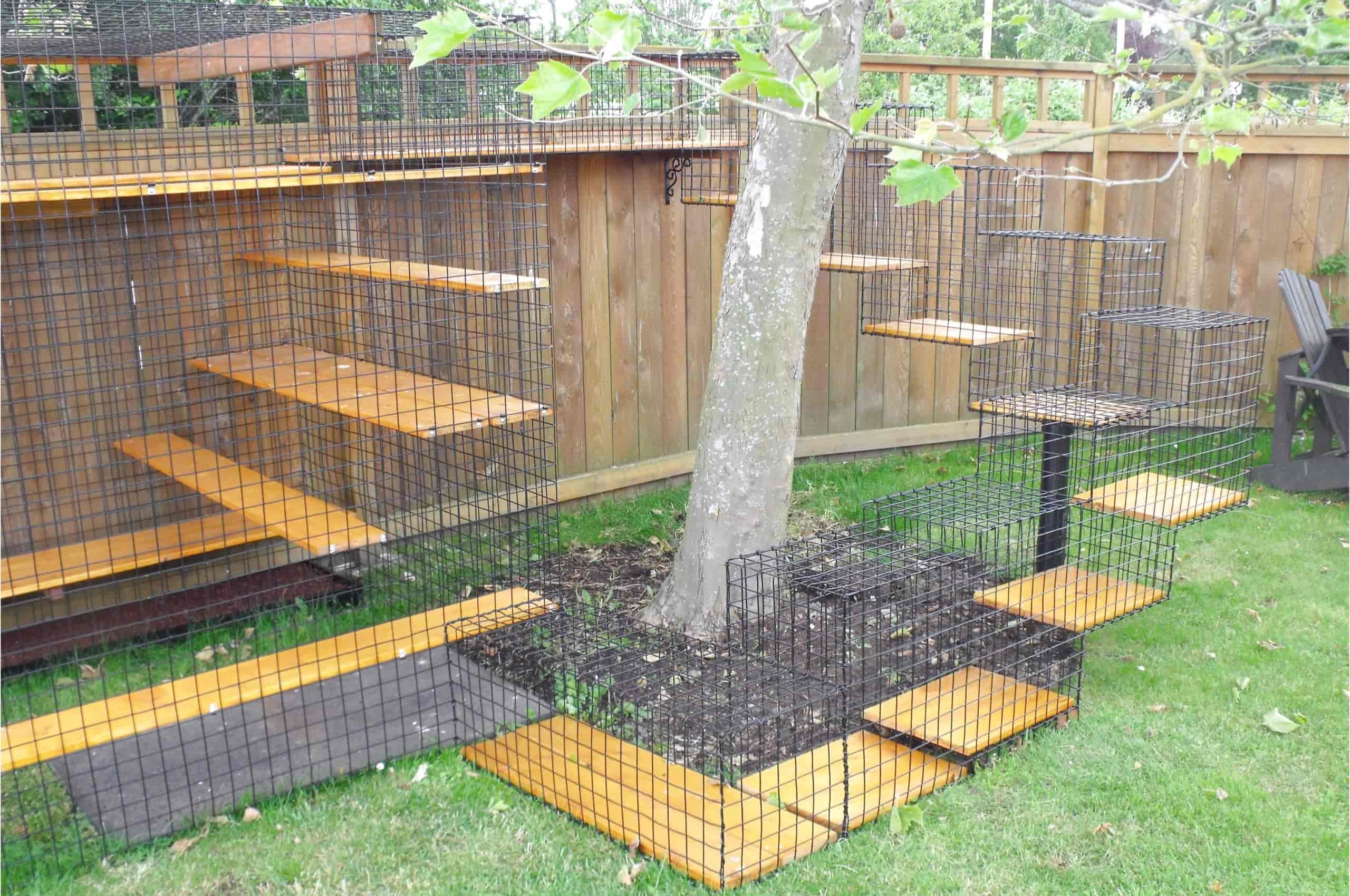
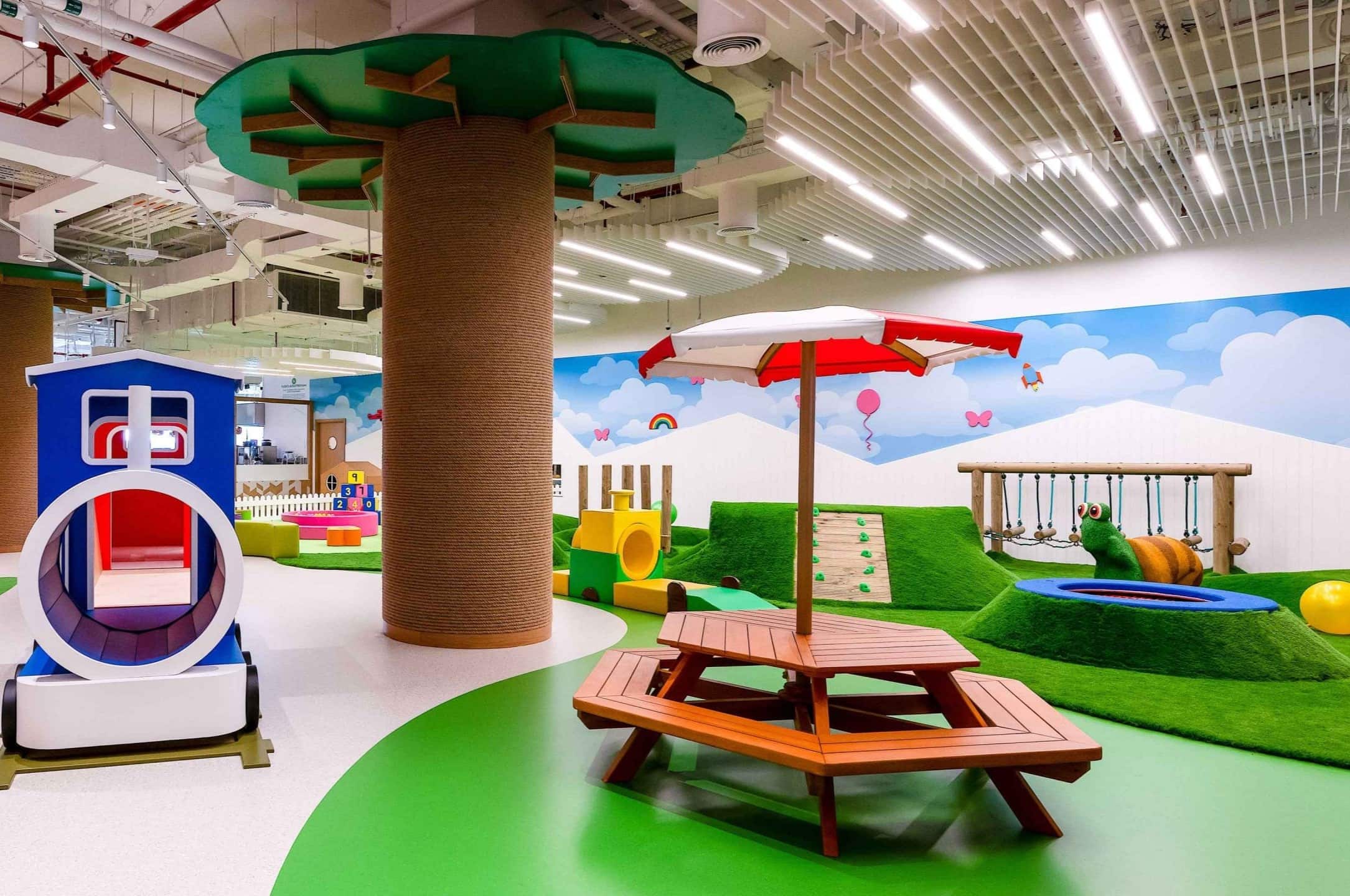

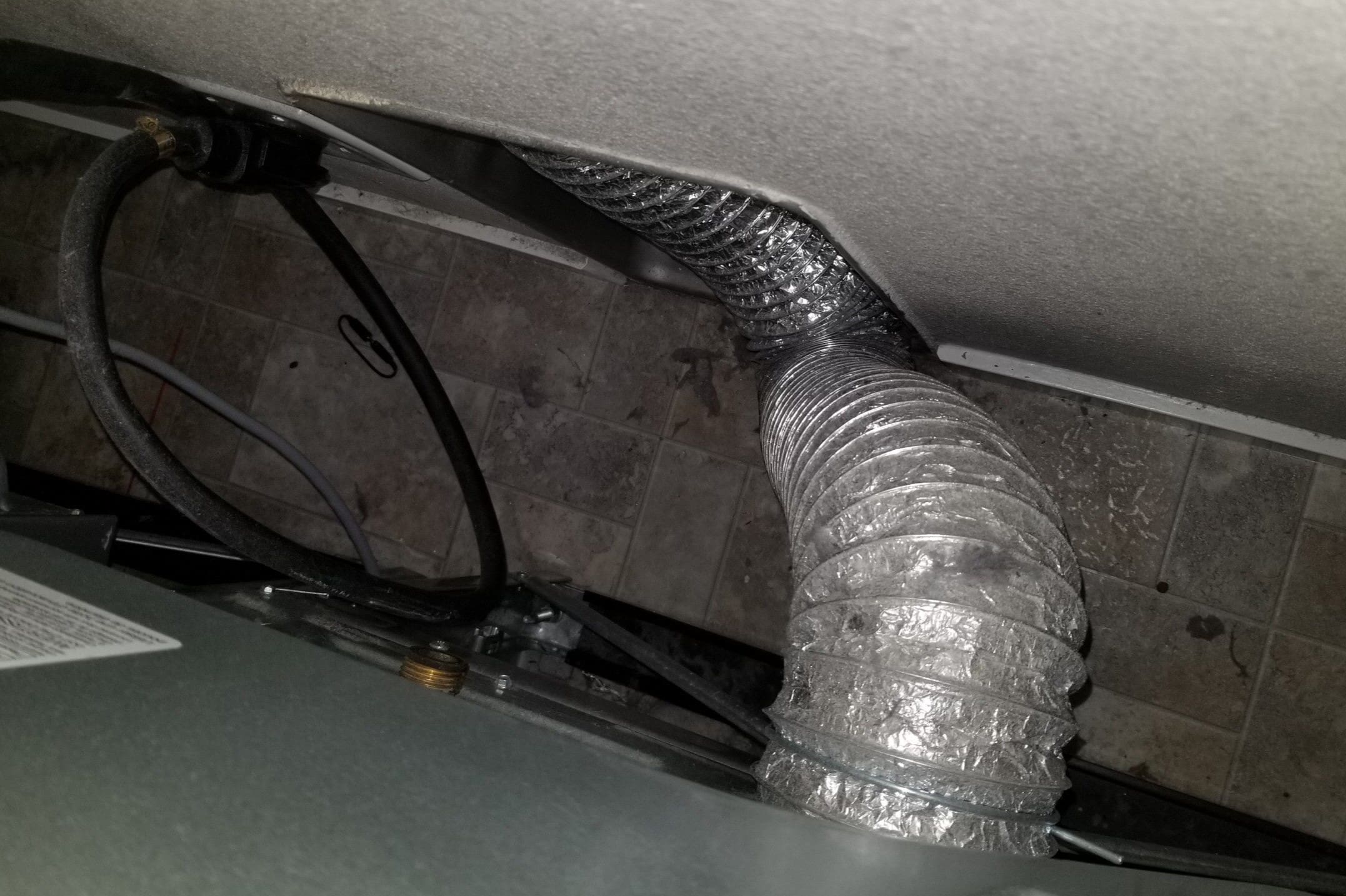
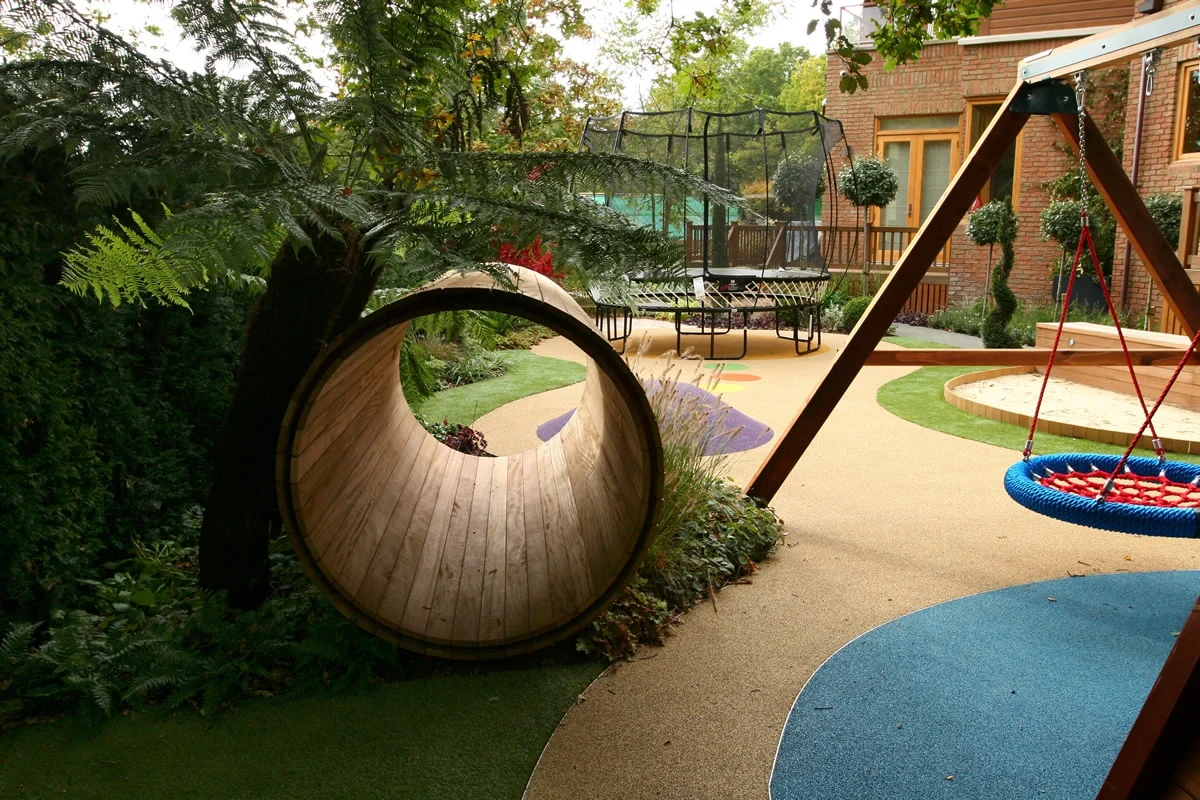

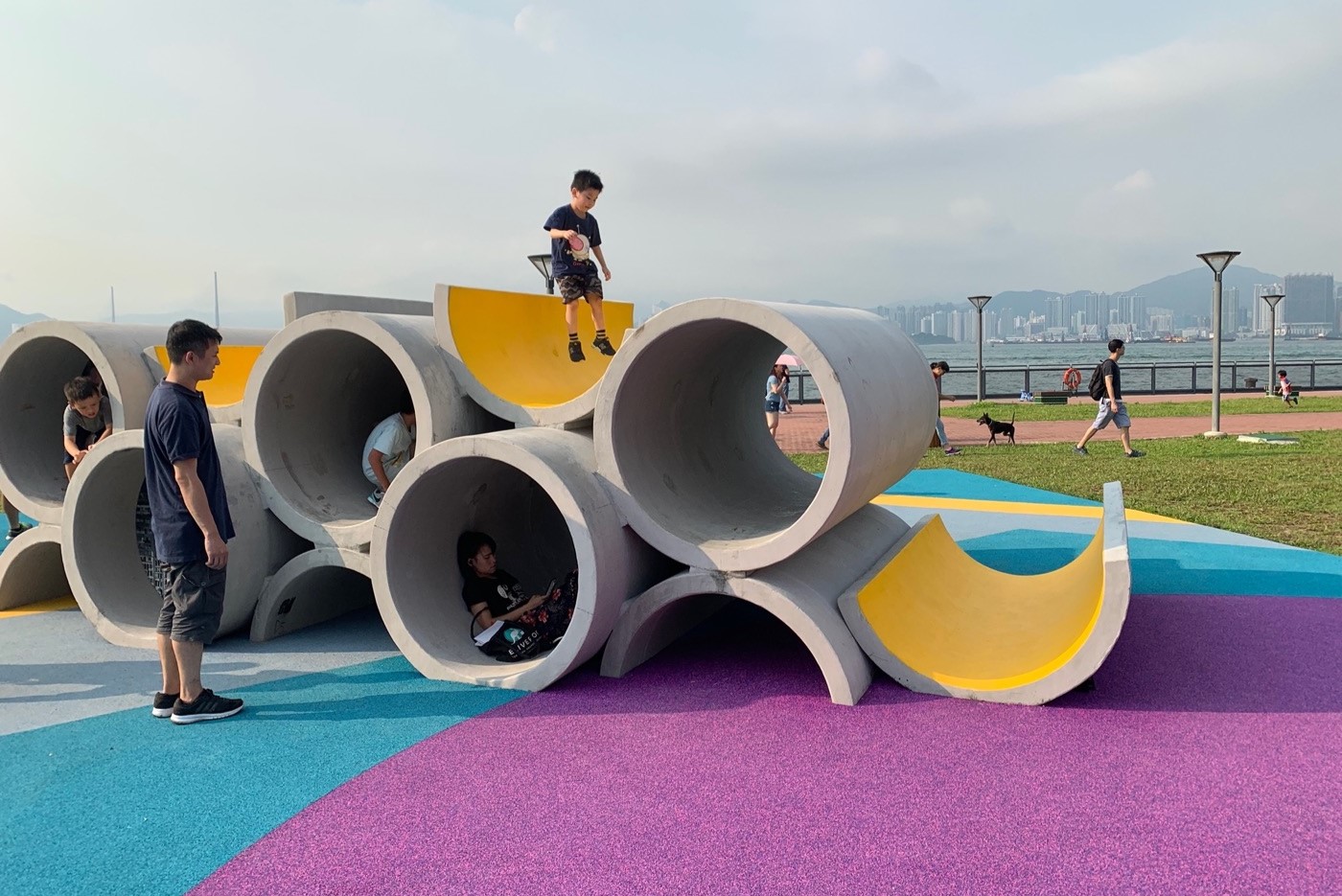
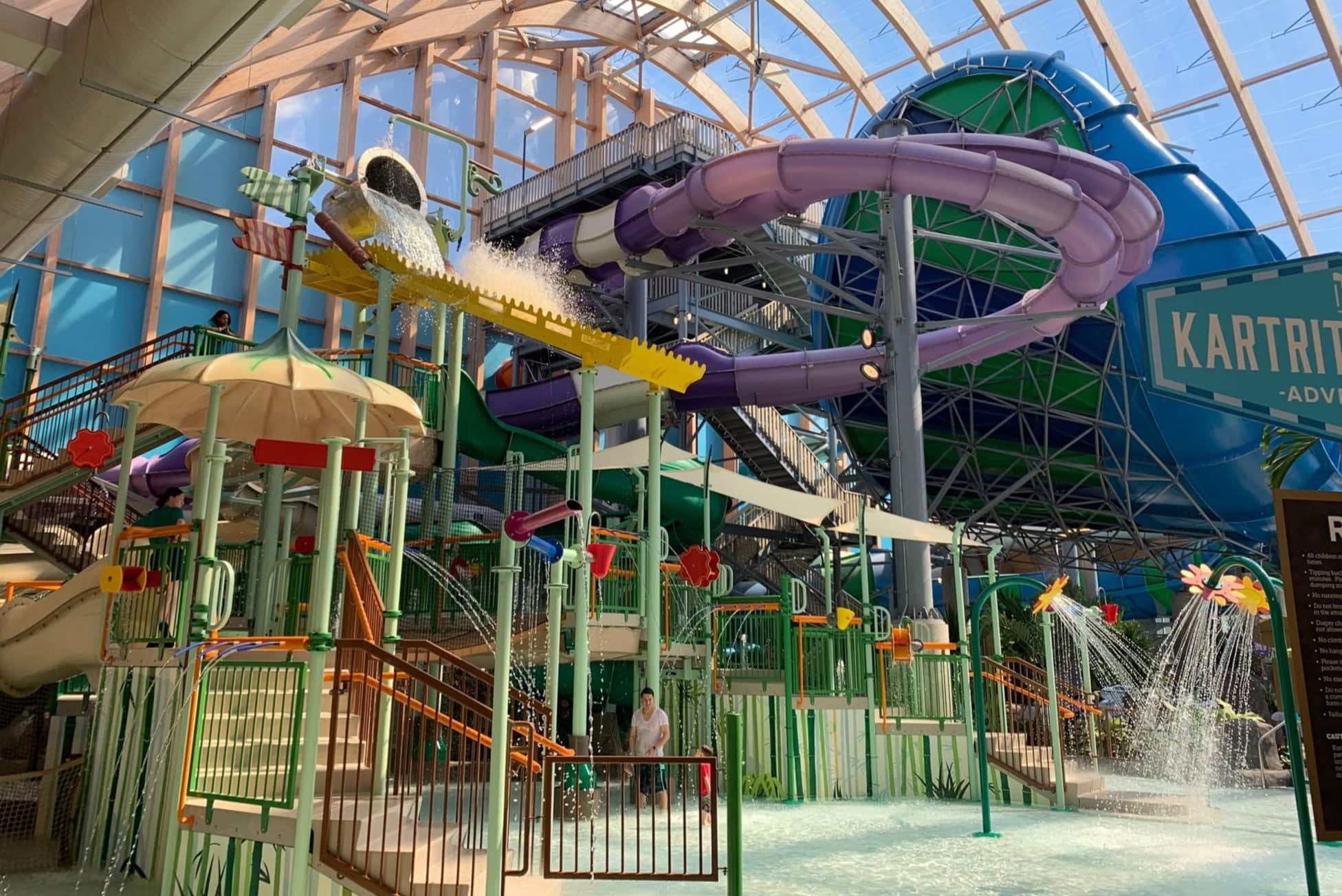
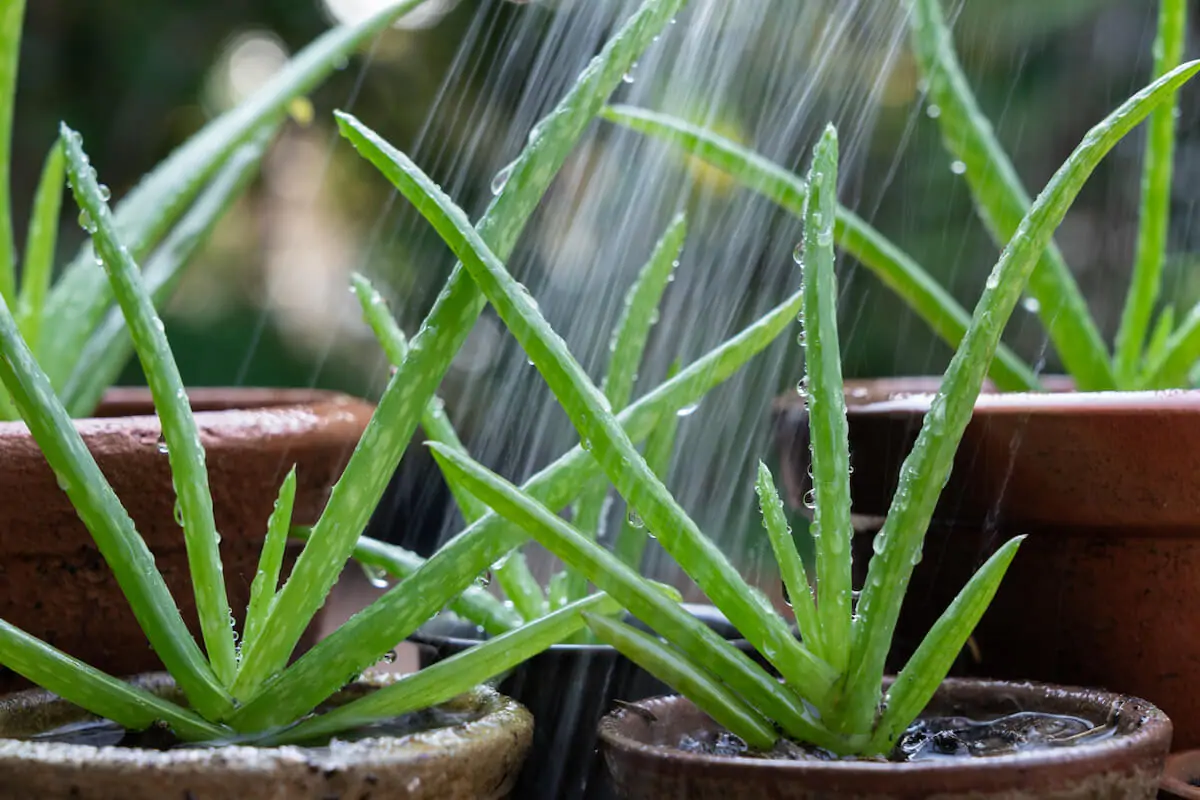
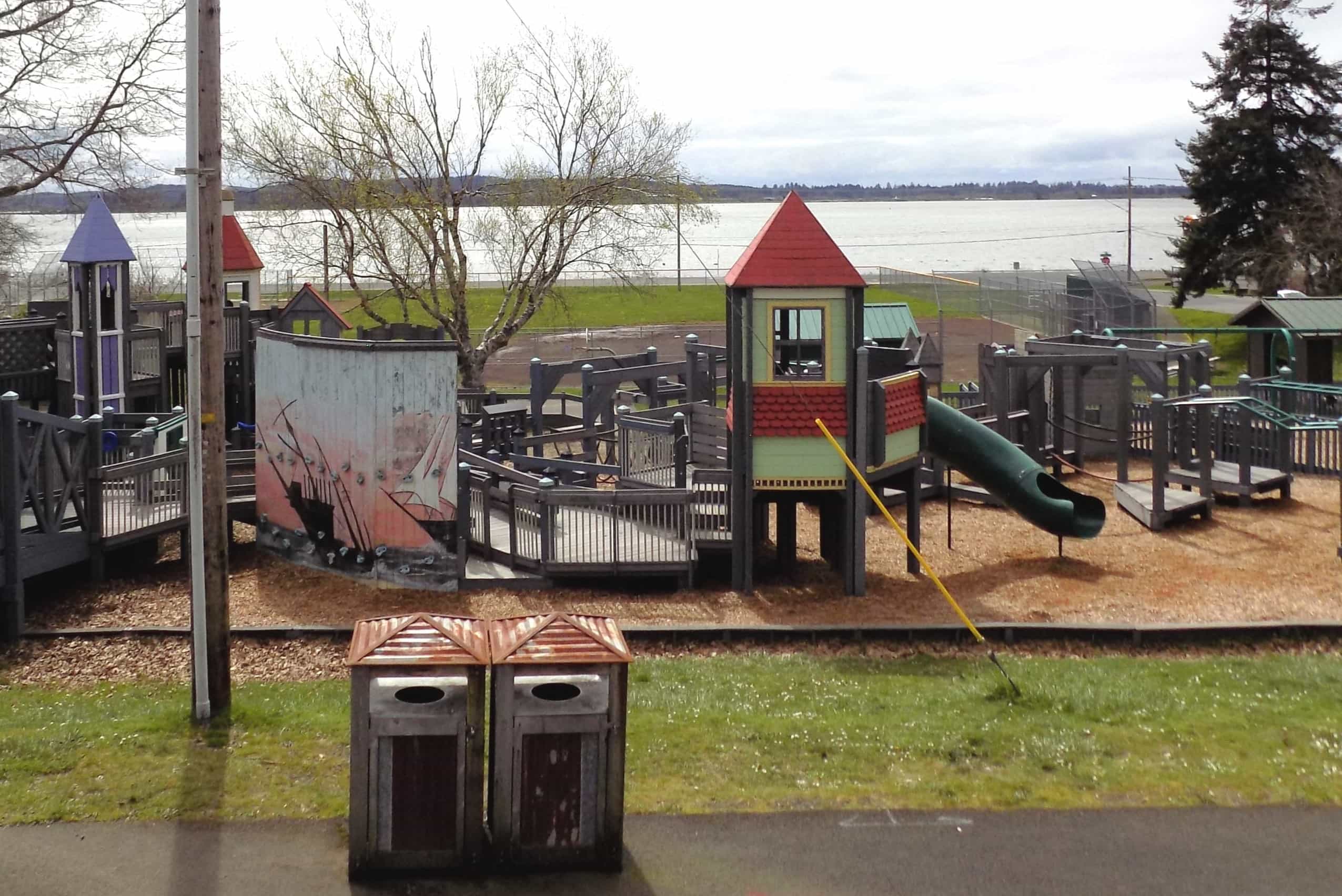


0 thoughts on “How Often Should Safety Inspections Of Indoor And Outdoor Play Areas Be Completed?”